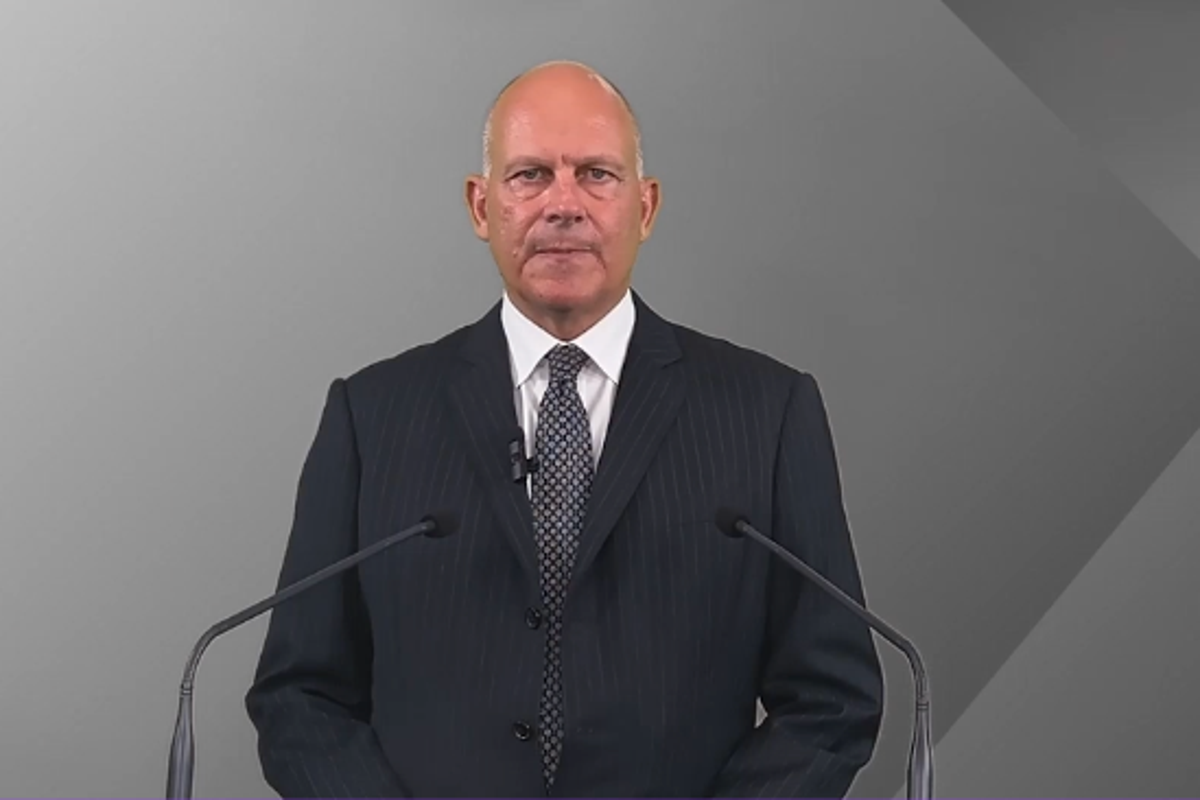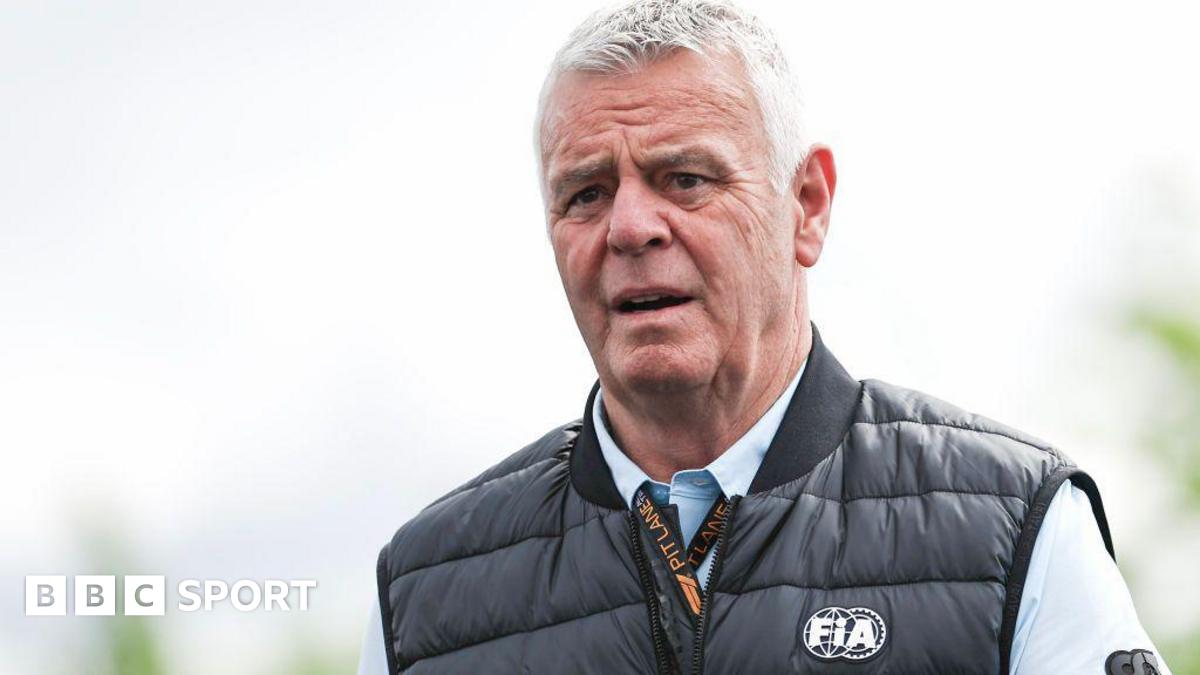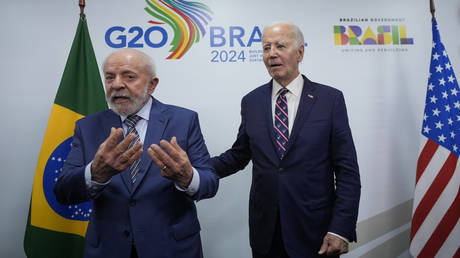How smart leaders balance urgency with curiosity

Modern business operates under a dangerous paradox. The same forces that make curiosity essential—rapid change, complexity, and uncertainty—are the ones that systematically suppress it. While organizations desperately need the innovation and adaptability that comes from asking better questions, the relentless pressure for speed creates an environment where curiosity dies.
Pressure Points
This isn’t theoretical. The consequences play out in boardrooms and headlines daily. Three pressure points consistently strangle organizational curiosity:
Always-On Urgency transforms work into endless reaction cycles. Volkswagen’s emissions scandal emerged when employees, under pressure to quickly meet environmental regulations, defaulted to shortcuts rather than pausing to ask whether their approach was ethical or sustainable. The constant demand for immediate responses eliminates space for the fundamental question: “Is this the right approach?”
Pressure to React Immediately equates speed with competence while framing thoughtful questioning as hesitation. During the Deepwater Horizon crisis, BP executives rushed to provide public reassurances rather than taking time to fully assess the damage. This premature response not only eroded public trust but led to operational missteps that worsened the disaster. When leaders feel compelled to have answers immediately, they abandon the inquiry that leads to better solutions.
Speed-Obsessed Work Culture makes “move fast and break things” the dominant operating principle. Theranos epitomized this danger—under immense pressure to deliver revolutionary blood-testing technology, leadership ignored scientific red flags and silenced employees who questioned feasibility. The rush to market created a fraudulent enterprise that collapsed under scrutiny.
It’s the combination of these pressures that puts organizations at risk. Diane Hamilton, author of Curiosity Unleashed and creator of the Curiosity Code Index, researched what inhibits curiosity in the workplace to help leaders break out of stagnant patterns. According to her findings, when environments squeeze out curiosity, “People start holding back ideas, skipping conversations, and sticking to what feels safe. That’s when curiosity shuts down and organizations cling to past ways of doing things that no longer work.”
Speed Bumps
The solution isn’t choosing between speed and curiosity—it’s installing “strategic speed bumps” which create just enough pause for better questions to emerge. Leaders need speed bumps at three levels: interpersonal, team, and organizational.
Interpersonal. Curiosity often gets squelched in one-on-one dialogues, but the most powerful speed bump is deceptively simple: pause during heated discussions to state what you heard and ask if you understood correctly.
Instead of rapid-fire debate, try: “I’m gathering that you’re worried about this direction because it might alienate our longest-standing clients. Is that an accurate understanding of your concern?”
This technique significantly increases accurate listening while slowing potentially tense exchanges. It creates room for questions and deepens relationships by signaling that you value others’ perspectives enough to ensure you’ve heard them correctly. When leaders model this behavior, it spreads throughout the organization.
Team-Level. Teams need built-in moments that interrupt the execution mindset. The most effective approach involves structured quiet time before critical discussions or decisions. Allocate a few minutes for everyone to write down thoughts, questions, or concerns before opening discussion.
Use question-oriented brainstorming techniques with creative constraints, such as: “Generate five ‘what if’ questions about our marketing strategy in the next two minutes.” This approach maximizes diverse perspectives while ensuring introverts have processing time and extroverts can refine initial thoughts.
These pauses aren’t about halting team progress—they’re about widening the lens to identify hidden opportunities and blind spots.
Organizational. The highest-leverage organizational speed bump involves reframing acute problems as opportunities for systemic improvement rather than issues requiring quick fixes. When urgent issues arise, resist the default response of immediate patches. Instead, pause to examine underlying causes and explore broader solutions.
Great Ormond Street Hospital demonstrates this approach brilliantly. Facing critical errors during patient transfers between operating rooms and intensive care, hospital leaders could have simply demanded faster, better execution of existing procedures. Instead, they paused to seek inspiration elsewhere.
After observing Formula One pit crews, they invited Ferrari’s team to analyze their patient handover process. The racing experts identified fundamental structural problems: unclear roles, overlapping conversations, and unpredictable leadership transitions. By applying pit crew principles—defined roles, synchronized actions, and systematic error tracking—the hospital reduced technical errors by nearly half while improving information transfer. The breakthrough came not from moving faster, but from pausing to intentionally redesign the system.
The Roadmap
Start immediately with these three steps:
This week: Implement “paraphrase and check” in your next three important conversations. Notice how it changes the dynamic and information quality.
This month: Introduce two-minute question-oriented brainstorming sessions before your team’s most critical decisions. Track whether this generates insights you would have missed.
This quarter: Identify your organization’s next acute problem as an opportunity for strategic learning rather than quick fixes. Ask what other industries or approaches might offer unexpected solutions.
Organizations don’t need to choose between speed and learning—they need both. Strategic speed bumps maintain momentum while ensuring critical thinking and innovation never get sacrificed. The most successful organizations don’t just move fast—they move wisely.
What's Your Reaction?
 Like
0
Like
0
 Dislike
0
Dislike
0
 Love
0
Love
0
 Funny
0
Funny
0
 Angry
0
Angry
0
 Sad
0
Sad
0
 Wow
0
Wow
0






























































































